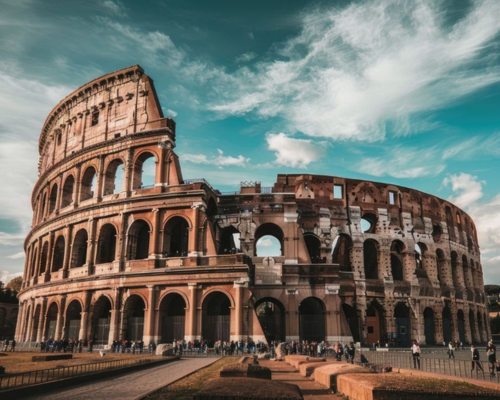Cappuccino: an expression of Italian culture and taste to be enjoyed at Altarocca Wine Resort
At Altarocca Wine Resort, between sips, you can breathe in the authentic Italian atmosphere, made up of tradition and well-being, silence and contemplation. Here, every moment of relaxation deserves to be celebrated with pleasure and conviviality, whether it’s an aperitif by the pool with a glass of organic sparkling wine from the Altarocca Winery or a good cappuccino, the perfect way to start the day with a smile as the sun shines on the surrounding vineyards.
Is there anyone who doesn’t know it? If there is one thing that represents Italy in the world, it is definitely cappuccino!
With its creamy foam, golden colour and intense aroma, cappuccino encapsulates the perfect balance between espresso coffee and steamed milk in a cup, finished with a layer of thick but velvety foam that adds a sweet note and an enveloping texture.
Cappuccino cannot be considered just a drink, but rather a small daily ritual, a recognised symbol of Italian culture, loved around the world for its harmony of flavours and inviting appearance.
Each sip is a moment of pause, an invitation to slow down and savour, a celebration of cappuccino as a sensory experience.
The origins of cappuccino
The etymology of the term cappuccino has its roots in the Italian word cappuccio. This is linked to the brown habit worn by the Capuchin friars, a religious order founded in 1525, famous for their characteristic cloaks with pointed hoods. The golden brown colour of the drink, espresso coffee mixed with milk, was reminiscent of the colour of the friars’ habits.
An alternative interpretation sees the term as a reference to the circular tonsure of the friars (the “white circle” around their shaved heads), which evoked the white foam of the milk surrounded by coffee.
Austrian legends: d’Aviano and Kulczycki
According to one of the most widespread stories, in 1683 the Capuchin friar Marco d’Aviano, sent by Pope Innocent XI to Vienna during the Turkish siege, asked for milk to sweeten a coffee that was too strong. A waiter, seeing the new drink, exclaimed “Kapuziner!”, which was later Italianised to cappuccino.
Another version attributes the idea to the Polish-Irish merchant Franciszek Jerzy Kulczycki. After the Battle of Vienna, Kulczycki opened one of the first Austro-Viennese coffee shops, serving coffee with milk or cream and honey to soften the bitter taste. This drink became known as Kapuziner.
Cappuccino and Italian culture
Its origins actually date back to the 17th century, but cappuccino as we know it today only took shape in the 20th century, with the invention of the espresso machine and the spread of milk frothing.
In Italy, cappuccino is closely linked to breakfast. Accompanied by a cornetto or brioche, it is how millions of Italians start their day. An important detail? It is not usually ordered after 11 a.m. For Italians, milk in the middle of the day or after a meal is considered heavy, a cultural tradition that often surprises tourists who, when visiting Italy, order cappuccino even after lunch or dinner… leaving waiters astonished!
Beyond borders: Cappuccino around the world
Abroad, cappuccino has taken on more creative forms. In many countries, it is enriched with flavoured syrups, cream, spices or even marshmallows. In artisan coffee shops, it has become a canvas for latte art, with designs made in the foam ranging from hearts to leaves to actual works of art.
Despite the variations, however, it remains one of the most authentic ways to immerse yourself in Italian culture and take home an unforgettable memory; whether enjoyed at the counter of an Italian bar or prepared in a distant kitchen, cappuccino always brings with it a taste of Italy.


